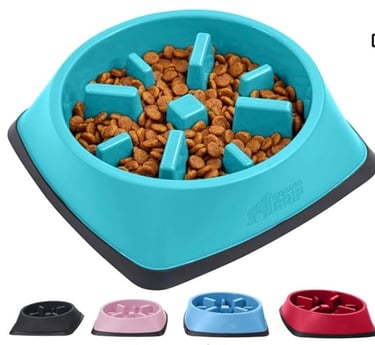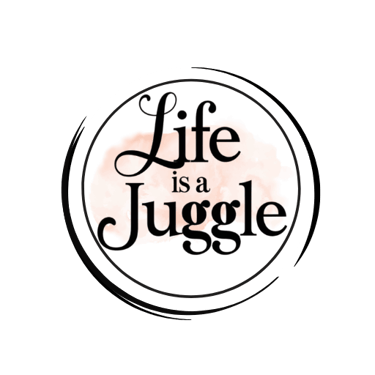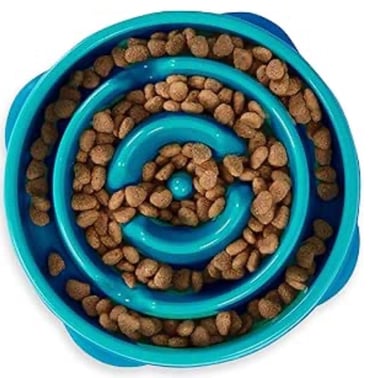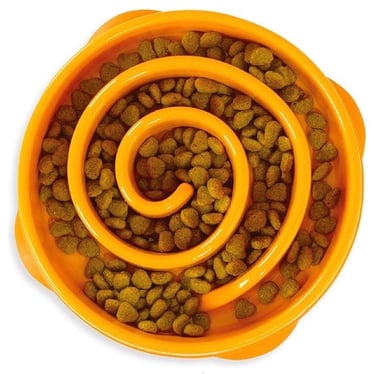Why Your Dog Needs a Slow Feeder: A Solution for Fast Eaters
DOODLE
8/18/20252 min read


Introduction: The Race Against Time
Is your furry friend scarfing down their food as if there's a prize waiting at the bottom of the bowl? If your dog eats so quickly that they tend to experience an upset stomach or even vomit after meals, you're not alone. Many dogs have inherited the fast-eating mentality from their puppy days when they had to compete with their siblings for food. But fear not! There's an effective solution to this common problem: the slow bowl feeder.
What is a Slow Bowl Feeder?
A slow bowl feeder is designed to make mealtime a less frantic experience for your dog. Unlike traditional dog bowls, which have a flat bottom, slow feeders feature raised ridges or obstacles that force your dog to eat more slowly. This means that instead of inhaling their food, they will have to work around these barriers, allowing them to savor every bite.
The Benefits of Using a Slow Feeder
Switching to a slow bowl feeder has several advantages that can improve your dog's eating habits and overall well-being:
Prevents Upset Stomach: Rapid consumption often leads to bloating, gas, and vomiting. A slow feeder encourages your dog to eat at a healthier pace, minimizing the risk of these uncomfortable conditions.
Weight Management: If your dog is a fast eater, it can be easy for them to consume more calories than they actually need. Eating more slowly helps them recognize when they're full, aiding in weight management.
Mental Stimulation: The design of slow feeders provides mental stimulation as your dog figures out how to navigate the obstacles. This added challenge can keep them mentally engaged during mealtime.
With benefits like these, it's hard to ignore the positive changes a slow bowl feeder can bring to your dog's life.
How to Choose the Right Slow Feeder
When selecting a slow bowl feeder, consider your dog's size, eating habits, and personality. Some features to look for include:
Material: Choose a durable and easy-to-clean material such as stainless steel or high-quality plastic.
Design: Make sure the design suits your dog's eating style. Some dogs may prefer more challenging designs, while others may need simpler ones.
Size: Look for a bowl that is the right size for your dog. If it's too big or too small, it may not be effective or comfortable for them.
In conclusion, if your dog tends to eat like they're racing against the clock, it's time to consider a slow bowl feeder. Not only will it help prevent digestive issues and maintain a healthy weight, but it will also make mealtime more enjoyable for your pup. With so many benefits, why not give it a try? Your furry friend will thank you! Below are some fun designs to choose from. They range from small to large size.


Life is A Juggle
Sharing our journey of family and home building.
© 2025. All rights reserved.




